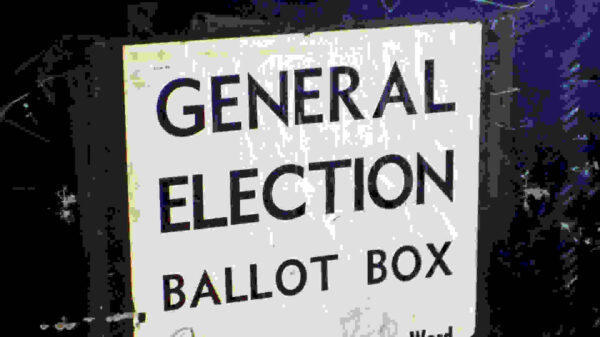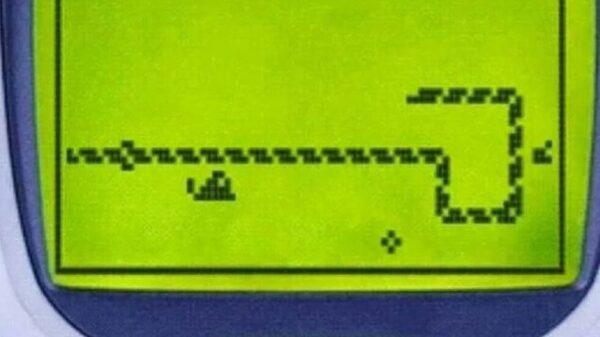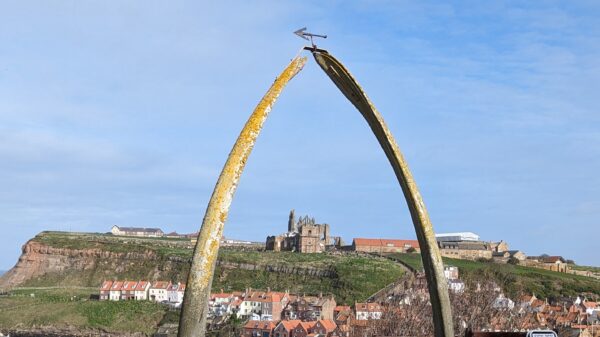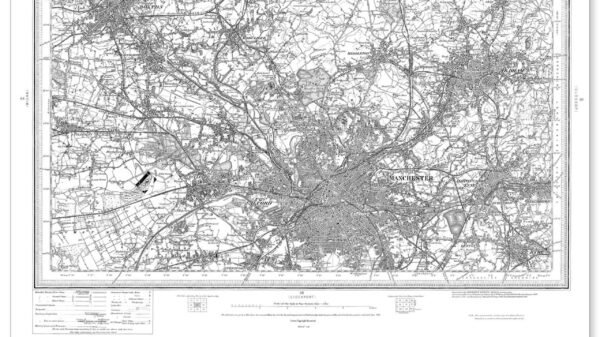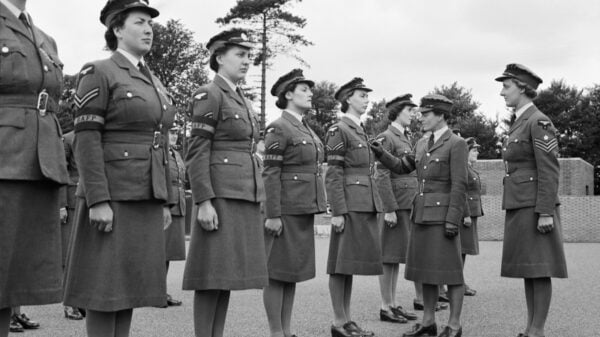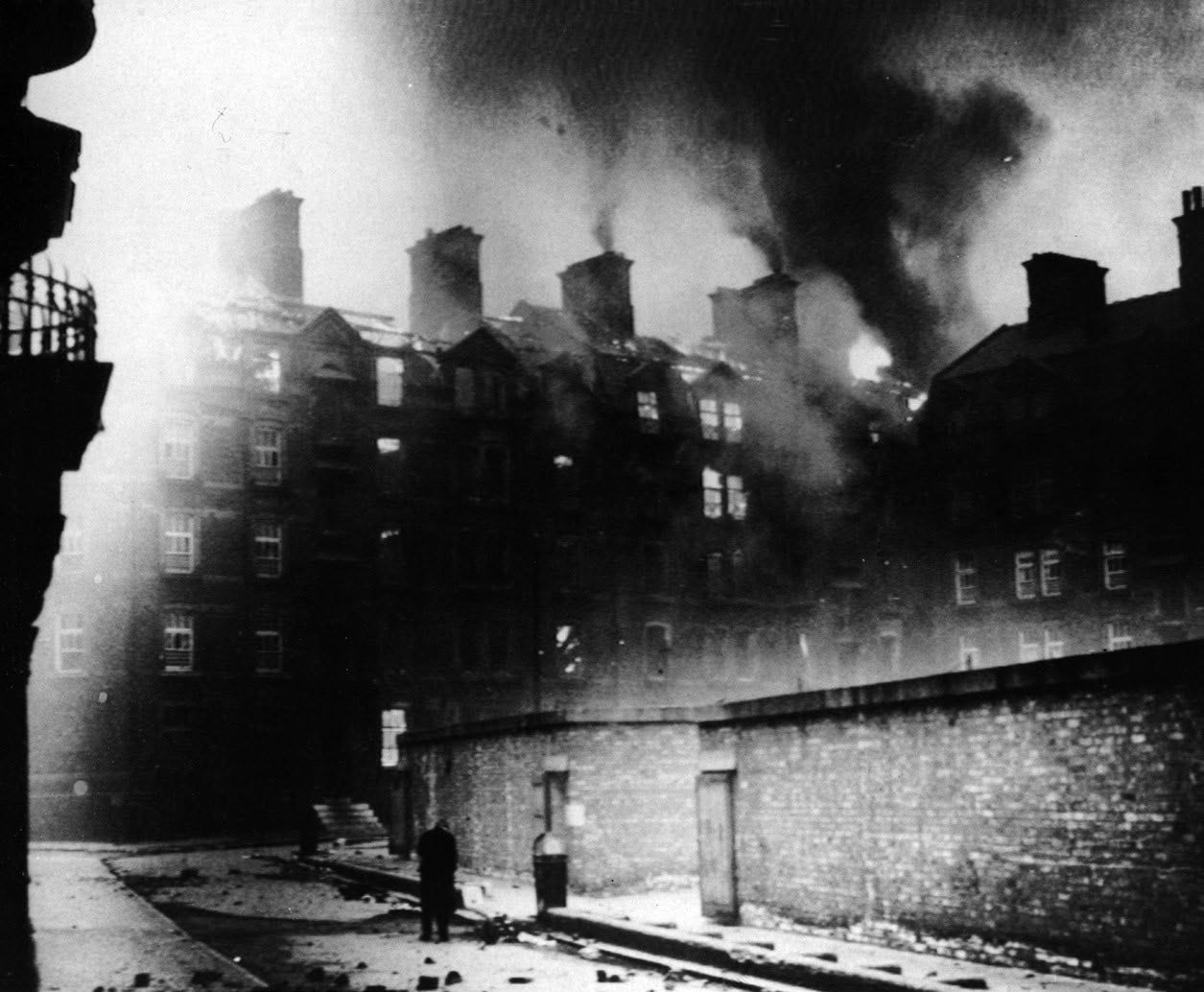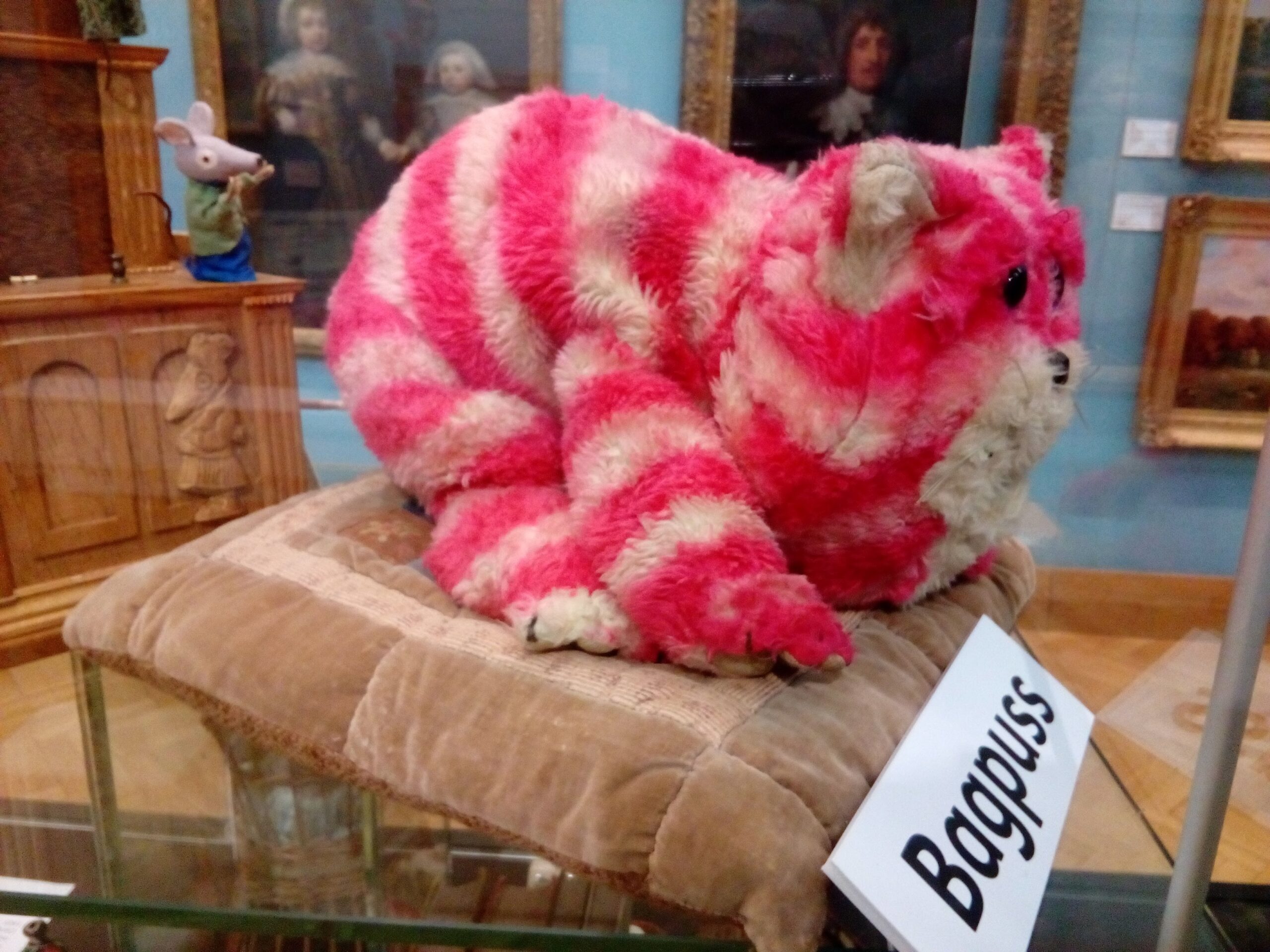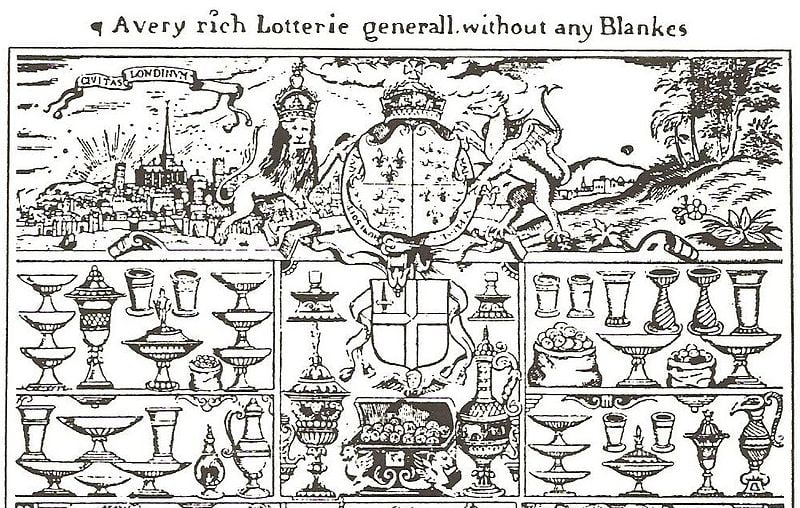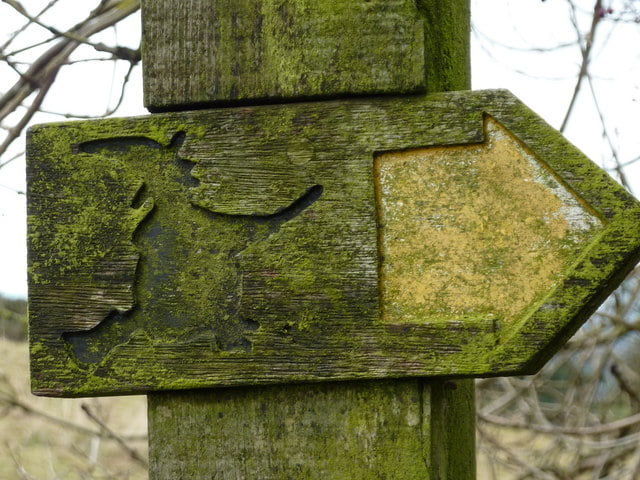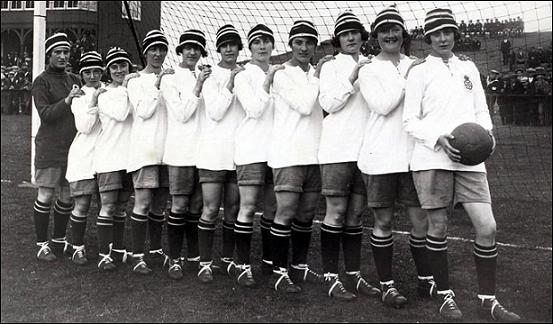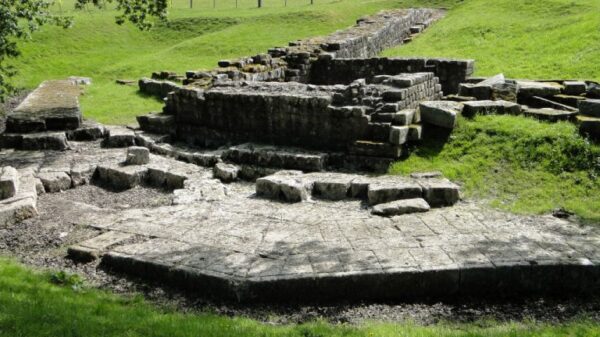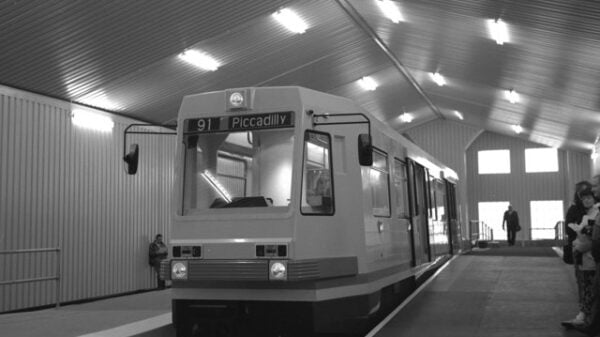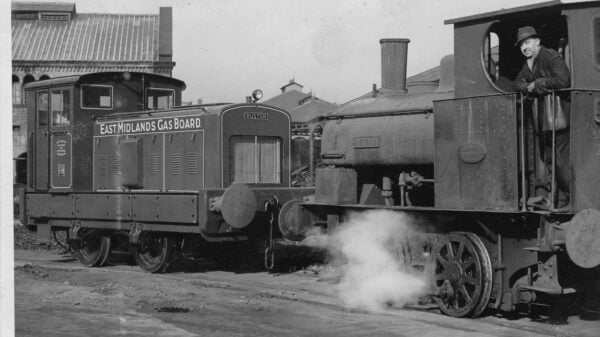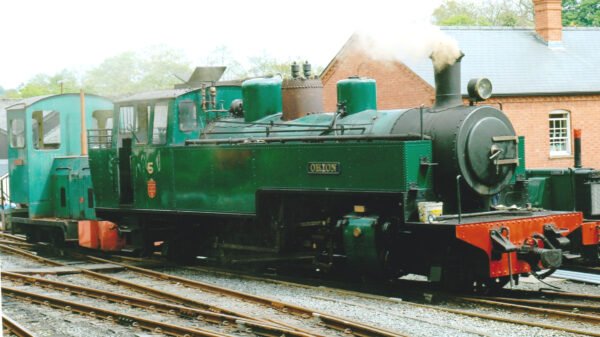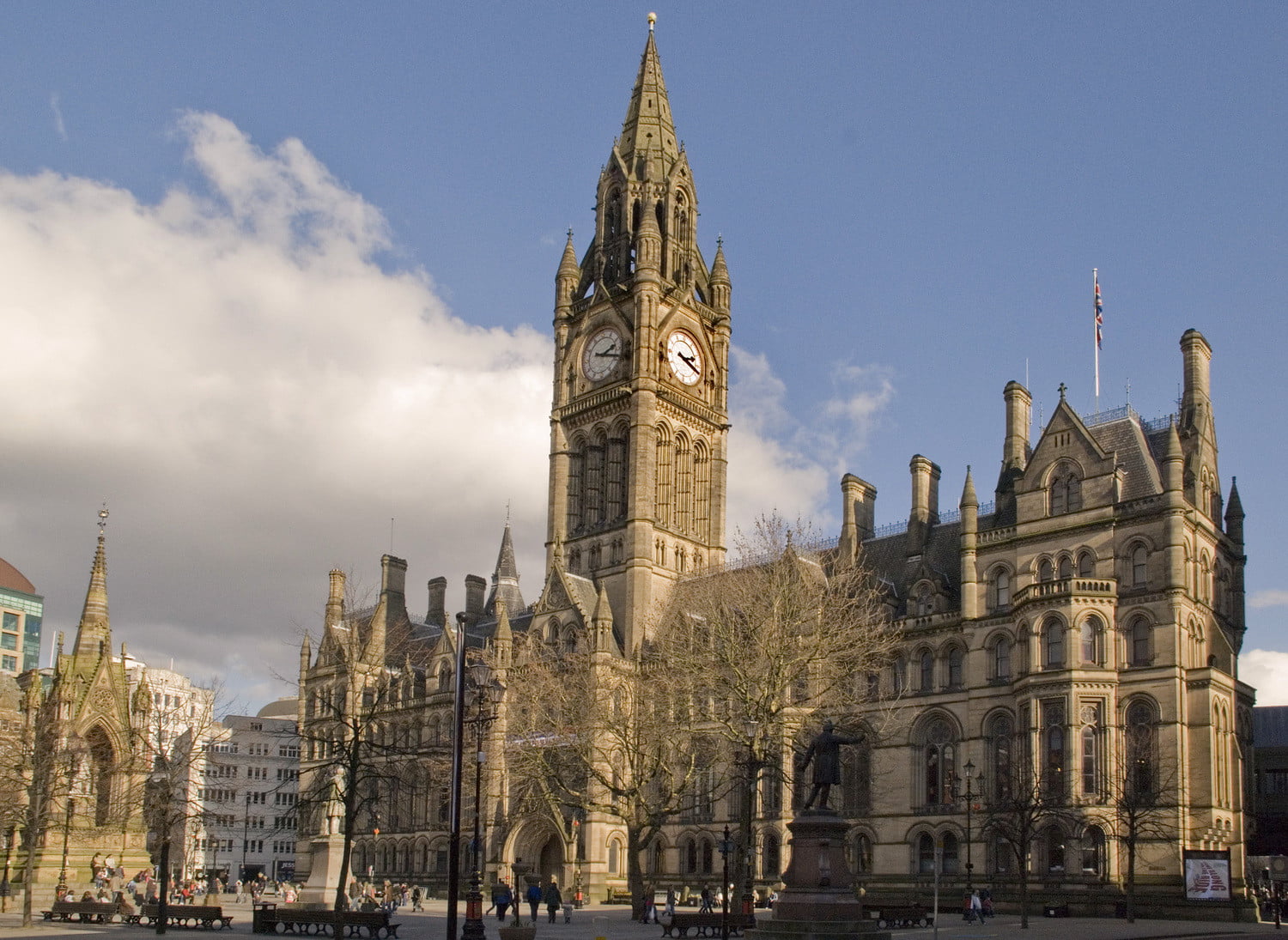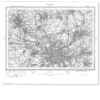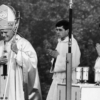On 17 November 1994, around 22 million people sat glued to their television sets as Noel Edmunds hosted the extravaganza heralding the first National Lottery draw. It was left to 18-year-old Deborah Walsh to press the button that set the balls tumbling round. First out was number 30 followed by 3, 5, 44, 14 and 22 with 10 as the bonus ball. In all seven jackpot winners shared £5,874,778 which according to the Bank of England inflation calculator is equivalent to £11,868.053 in February 2024.
Week after week families tuned in to watch the National Lottery draw. After all they might just have been the lucky ones. Eager to select the winning numbers, many players often resorted to a ‘special method.’ It might be family birthdays, ages, in fact anything that might prove lucky. Others simply went along to their local Lottery outlet and splashed out on Lucky Dip tickets; the numbers randomly generated by the Lottery terminal.
There are a handful of winners and an awful lot of losers. In fact, the odds offered by the bookies on Elvis returning from the dead were better than winning the Lottery jackpot. Among the losers in the early days were two railwaymen. Without telling their wives they pooled their pay and winter leave holiday pay to buy Lucky Dip tickets. Having won just £10 between them, the hapless pair had to explain to their wives where the money had gone.
On the other hand, by July 1995, Mohammed Javid’s corner shop in Failsworth, Manchester, had Lottery punters in thrall. They came from far and wide to buy their tickets at Javid’s shop. It was where Mel Eddison had purchased his prize winning £2.5million ticket and three other jackpot prizes totalling £9.8million had also been bought there.

Those jackpot winners who failed to tick the privacy box would find themselves facing full-on tabloid press intrusion into their lives as well as sacks full of begging letters.
However, this was nothing new.
For many of us the fascination with jackpot winners began in September 1961, when 23-year-old miner Keith Nicholson of Kershaw Avenue, Airedale, Castleford, Yorks, won what was then a record £152,319 on Littlewoods Treble Chance football pools. Using the Bank of England inflation calculator, Keith’s winnings were equivalent in February 2024 to £2,831,736. However, it was Keith’s wife, 25-year-old Viv who would go on to find fame and infamy with her “From now on I’m going to spend and spend and spend. We’re going to have a big mansion and a big American car.”
Within hours of the publicity the Nicholsons had received nearly 200 begging letters. Of their win, Viv’s dad commented. “If they buy me a nice set of false teeth, I’ll be content.”
Viv’s exploits would enter UK popular culture. Her photograph appeared on the sleeve of The Smiths single “Heaven Knows I’m Miserable Now” and she inspired the lyrics of “Spend, Spend, Spend” by The Slits. Viv’s “Spend, Spend, Spend,” also became a West End musical.
Viv and her husband were by no means the first punters to attract press interest.
In the age before radio, television, tabloid journalism, social media, the internet, and 24-hour media coverage, it was the goings on at the casino at Monte Carlo that attracted interest throughout Europe.

Opened in 1863, Monte Carlo casino quickly became the palace of dreams, the place where if you could beat the odds, you could win enough money to keep yourself in luxury for the rest of your life. Play began each day at noon. Every table in the casino was funded with a cash reserve of 100,000francs (the bank). Should a punter’s winnings be such that the reserve was insufficient to cover it, the table’s bank was broken. Play was suspended until cash had been brought from the casino vault.

Thanks to casino owner Francois Blanc, ‘breaking the bank’ quickly morphed into an elaborate ceremony whereby a black cloth was placed over the table concerned as a sign its bank had been broken. After an interval of ‘mourning’, the cloth was removed, and play resumed. The ritual was fabulous publicity guaranteed to be reported throughout Europe.
These days it’s hard to believe that the Reuters reports as to the goings on at Monte were published in newspapers throughout the British Isles. Among those to carry copy were the Manchester Courier, Cheltenham Chronicle, the Sheffield Daily Telegraph, Nottingham Evening Post, York Herald, the Dundee Evening Telegraph, and the Irish Times; even the Welsh Language newspaper Y Genedl Gymreig was not immune.
As well as Reuters, local newspapers latched onto the local angle with Monte related stories closer to home such as one carried in the Yorkshire Evening Post in July 1891. It concerned 35-year-old Rosetta Hindley’s appearance before the Liverpool Bankruptcy Court. In January 1889, Rosetta inherited £1000 (£105,176 in 2024). She also inherited furniture worth a further £42,383 in 2024.

Rosetta developed a taste for betting on horse races and was a frequent visitor to Kempton Park, Sandown, and Hurst Park. Unfortunately, Rosetta’s selections produced more nags – some probably still running – than winners and in January 1891 she headed for Monte with her last £600.
She returned in March penniless. In court her liabilities were given as £149. 13s. She had no assets.

Perhaps Rosetta had hoped to emulate the 1881 exploits of Joseph Hobson Jagger, a textile engineer from Bradford. Though a brilliant engineer, Jagger was no businessman and when the textile company he’d established began to fail, he borrowed money and headed for the roulette tables.
Jagger kept his nerve. His funds allowed him the time to watch and analyse the play. Knowing that textile spinning wheels were never perfectly balanced, he soon realized that neither were roulette wheels. For a month he studied one roulette wheel noting the frequency as to when certain numbers came up.
When Jagger began placing bets, he won more times than he lost. He broke the bank on at least one occasion and quickly amassed winnings in excess of 2,000,000 francs, which back then equated to about £80,000. Jagger’s winnings would have been the equivalent of £8,052,192 in February 2024.
On his return, he paid off his debts, and bought property at Little Horton, Bradford.
Somehow the casino got wind of what lay behind Jagger’s success and had the roulette wheels redesigned, balanced, and calibrated.

Back to 1891 and Rosetta was from being the only punter to lose everything. On 1 May, the Nelson Chronicle, Litchfield Mercury, and Northern Mail, were among the UK papers to publish a Reuters telegram concerning an ‘English lady’.
‘Momentary excitement has been caused in fashionable circles at Monte Carlo owing to the attempt at suicide by an English lady visitor. It appears that late on Sunday afternoon the company on the Promenade de Nice were suddenly alarmed by a lady throwing herself into the sea from the top of the steps leading down from the Casino. Fortunately, a sailor named Gay, employed in connection with the establishment, observed the act, and succeeded in bringing the unfortunate lady safely to land. Immediately attended to and having sufficiently recovered was conveyed to her residence’.
Later that month, UK papers carried Reuters copy concerning a banker from Munich who hanged himself after losing 900,000 francs. His name was Speckhart, and he was the sixth known casino-related suicide during May.
During the following July, Carl F Westerard was the centre of attention for local fallout from Monte. Formerly of Denbigh Street, Pimlico, Westerard was prior to 1886, the joint proprietor of a racing stables in Ostend, Belgium. Unfortunately, Westerard appears to have been attempting to train the type of nags Rosetta Hindley might have had a flutter on. Due to lack of success the stables closed in November 1886. Three years later and thanks to a gift from a friend Carl had £500 burning a hole in his pocket. He took the train to Monte hoping lady luck would shine upon him. She didn’t. Not content with losing his £500 he then lost a further £350 borrowed in the hope of gambling his way out of the brown sticky stuff.
On 20 July 1891, Carl was up before the London Court of Bankruptcy. His liabilities were given as £1035 (£108,857 in 2024). His assets were nil.
It was in late 1891 that Fred Gilbert published his song ‘The Man Who Broke the Bank at Monte Carlo.’ The rights were snapped up by music hall singer and comedian Charles Coborn who developed a complete act around it. Coborn would come on stage dressed and acting like an inebriated toff then sing the song to rapturous applause. Thanks to Coborn the song remained popular until the 1940s. Coborn learned to sing the song in fourteen different languages and estimated that he’d performed it in English at least 250,000 times.
So, who was the inspiration for Gilbert’s song?
Step forward Charles de Ville Wells, born in Hertfordshire in 1841 though when just a few weeks old his family moved to Marseille where his father taught English. Charles was bright and qualified as an engineer. He went on to design machinery capable of regulating the speed of a ship’s propeller shaft and then sold the patent for 5000 francs. Not only was Charles a gifted engineer, but he was also a talented grifter.
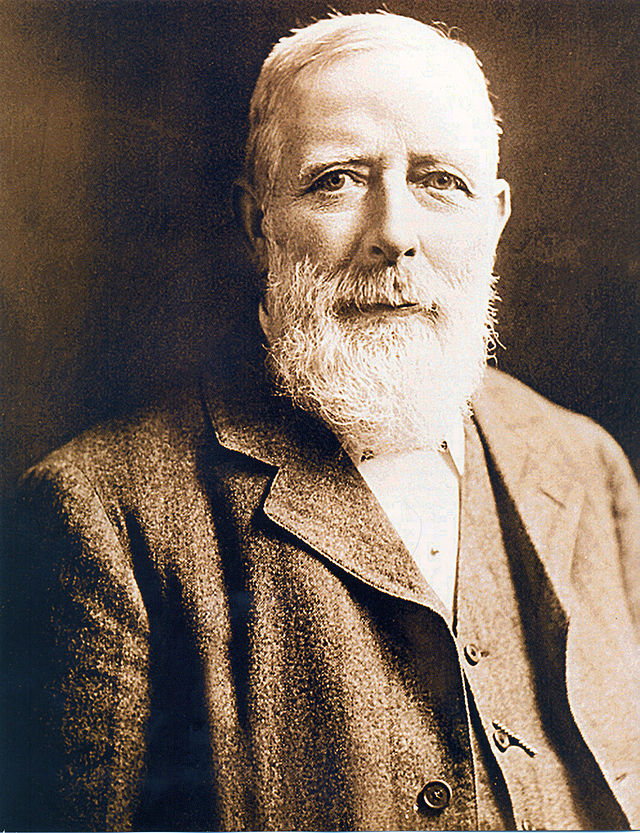
By 1879 he was living in Paris. It was here he pulled off the first confidence trick that French police records can put his name too. He produced a prospectus for a new railway line centred on Berck-sur-Mer in the Pas-de-Calais, offering excellent returns on investment. Before investors realised that they had been duped, Charles had disappeared with the money.
During 1885 he moved to Plymouth in the UK. It is thought he arrived with around £3000 (about £319,114 in 2024) in cash and used it in a series of long cons designed to part the gullible from their money. He registered nearly 100 patents and had no difficulty in finding investors to back his ‘valuable inventions’. Again, he offered substantial profits for little risk and the cash poured in.
At some point Charles’ wife decided she’d had enough and fled back to France taking the children with her. If Charles was heartbroken, it didn’t last too long as he soon fell into the arms of Jeannette Pairis, a woman thirty years his junior with expensive tastes.
It was only a few days after Carl Westerard’s appearance at the London Court of Bankruptcy in 1891, that Reuters was offering copy on an English visitor who was having a run of luck at the casino. It turned out to be none other than Charles Wells.
‘An Englishman named Bells (sic), who is staying here, has just had a rare stroke of luck so extraordinary as to be the chief topic of the hour not only with those who frequent the Casino but among the residents of Monte Carlo generally.
For the last three days this gentleman has played roulette incessantly, and during that time has won no less than £20,000 (£2,103,522 in February 2024). Each day at noon, the hour at which play begins, he was among the first to take his place at the roulette table, and remained, losing occasionally, but for the most part winning stake after stake until the closing of the establishment at 11 o’clock.’
According to the reports, when Charles sat down for the first time, he placed £4000 in front of himself and played roulette for eleven hours, seemingly without need of food or even a trip the bathroom. Over the coming days onlookers were amazed at his luck. He backed the number one twice consecutively for the maximum stake of 8000 francs. He placed bets on red, odd, manque (numbers 1-18), and passe (numbers 19-36), and more than once won all at the same time.
Charles was just as lucky at cards. ‘Mr Wells, at trente-et-quarante, follows the same system that had proved so successful in his case at roulette. On Sunday 2 August, he won no less than £14,000 (£1,472,465 in February 2024) at trente-et-quarante. The table was surrounded by a large crowd, and intense excitement prevailed, such persistent good fortune having been witnessed before. Mr Wells whose winnings commence to have an effect on the bank, keeps two secretaries to assist him in his transactions’. It was reported that the pile of bank notes was so tall (at this time the casino did not use chips) that Charles’ moustache was no longer visible.
In all, his winnings are thought to have been equivalent to over £4 million today though back then the money would have gone much further. So, what did Charles do with his casino winnings?
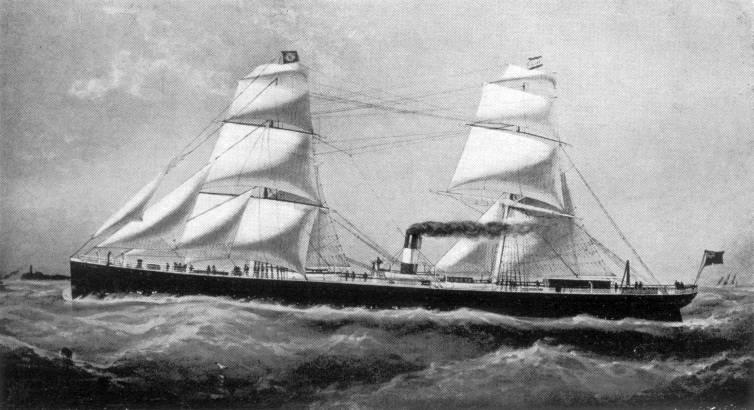
One of his first actions was to buy the steamer Tycho Brahe. Built by Andrew Leslie & Co, Hebburn, in 1867 for the Liverpool, Brazil & River Plate Steam Navigation Co, she was 291ft (88.7metres) long and weighed 1848 gross registered tons. By the time Charles bought her she was under the ownership of Soc de Nav Royale Belge Sud-Americain, Antwerp.
Tycho Brahe was renamed Palais Royale and converted into a super private yacht with accommodation for fifty guests. Charles lavished money not only on the yacht, but also on her crew’s uniforms so elaborate that today each would cost thousands of pounds. The opulence of the Palais Royale was such that it would leave Jeff Bezos’ $500 million yacht standing. With Jeannette by his side Charles entertained on a lavish scale.
During January 1892, Charles returned to the tables at Monte. However, this time his luck deserted him and he lost an estimated 100,000francs.
There’s long been speculation over Charles’ Monte Carlo exploits. He claimed he used an ‘infallible system’, like what Keith Nicholson would claim for his 1961 pools win. However, Charles’ career as a grifter persuaded many that he had indeed found a way to beat the system.
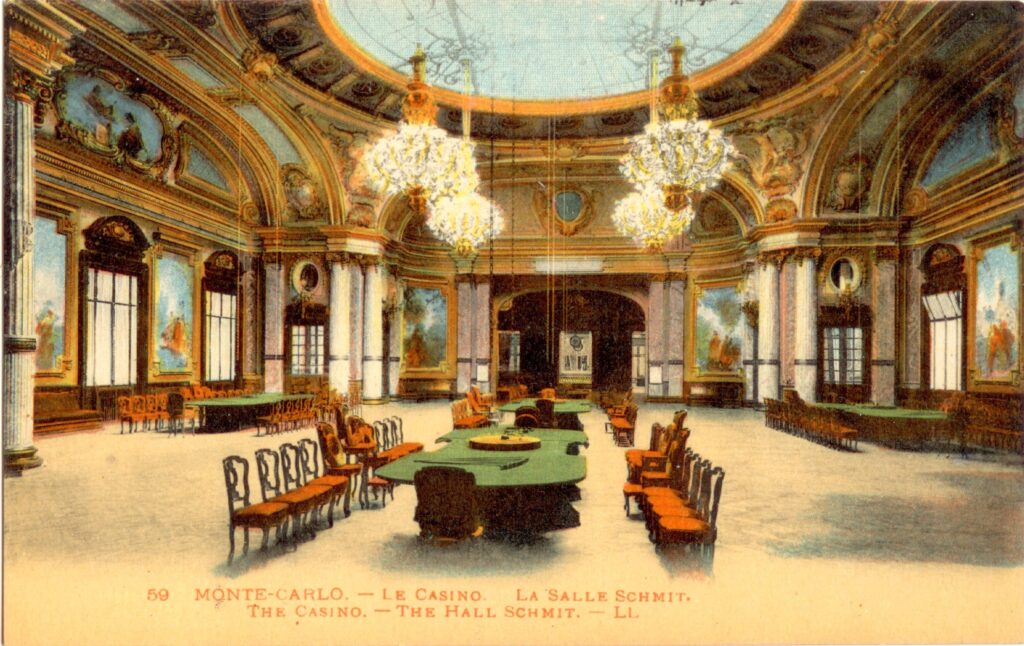
A deal with Blanc is not farfetched. Charles was known to Camille in that he had previously worked for the Blanc family. For exclusive rights, Blanc had agreed with Monaco’s ruler Charles III that the casino would pay the principalities public expenses for schools, health services, the police, and road maintenance. However, Charles III died in 1899 and his successor Prince Albert, an uptight Bible reading bore had declared a moral objection to Monaco deriving income from gambling.
With his business threatened, Blanc had to go on the monetary offensive and maximise profits before his business was closed down. What he, as well as modern day bookmakers, the Lottery, and casinos know too well is that well-publicised big winners are good for business. It is possible that Charles and Camille Blanc were on more than nodding terms. Charles had once lived in Nice and at one time worked for a relative of Blanc. It would have been easy enough to arrange for Charles to play a biased wheel and with marked cards.
In the end Prince Albert relented and allowed the casino to remain open. On the other hand, Charles just might have been lucky. Though his engineering background would have enabled him to spot an unbalanced roulette wheel, it wouldn’t have given him the edge when it came to cards.
However, his luck ran out in late 1892 when he was arrested in Le Havre aboard the Palais Royale and extradited to Britain to face fraud charges. He was tried at the Old Bailey in March 1893, found guilty on 23 counts, and sentenced to eight years.
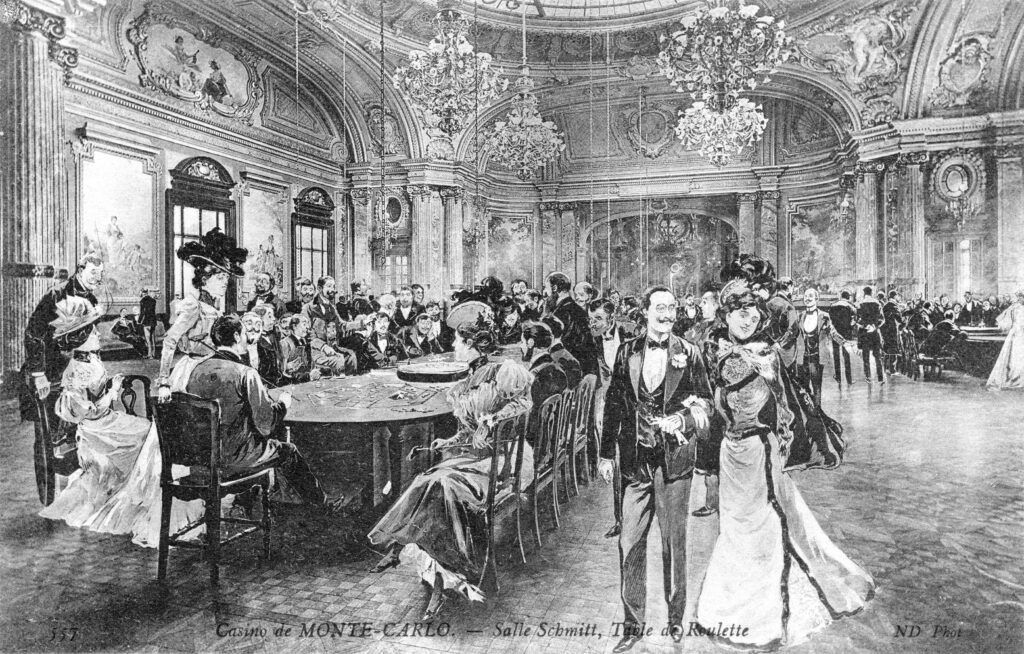
Four months later, the London Evening Standard was covering Wells’ bankruptcy. According to Charles, “The money I used at Monte Carlo was lent by an American gentleman, whose name I do not wish to disclose. The gentleman put at my disposal £10,000. I estimate that on the whole transaction at Monte Carlo I was, about £20,000 as my share. This money has entirely been spent on my patents and on the purchase of my yachts, which I was about to use as places to display my inventions.”
Charles’ liabilities were given as £7978, with estimated surplus assets of £13,126. Additionally, there were fully secured creditors stated to be holding marine mortgages valued at £20,400 on the steam yachts Palais Royale and Kettledrum.
Directly beneath the report on Charles’ bankruptcy is a paragraph via the Parisian newspaper Dix-Neuvieme Siecle (Nineteenth Century) of the murder at Monte Carlo by a French lady of her two infant children, and her subsequent suicide. She had lost £11,000 (nearly £1,150,160 in Jan 2024) at the tables.
Back to our rogue. On the next bank holiday, a large crowd gathered outside Wormwood Scrubs and serenaded Charles by singing Gilbert’s song. A talented organist, Charles played the organ during prison chapel services. He was later transferred to Portland Prison, where shortly before his release for good behavior in 1899, he treated the inmates to a selection of ‘hits’ of the day including ‘The Man Who Broke the Bank at Monte Carlo,’ and the tearjerker ‘Home Sweet Home.’
Charles returned to France. By 1910 he was going by the name of Lucian Rivier and had opened a private bank in Place Boreldieu, Paris. Offering an interest rate of 365% per annum, the financially insane flocked to deposit their cash. It was pure Ponzi, the early customers paid out of deposits made by later investors. After several months Charles had amassed millions of francs and with Jeannette in tow absconded. The pair landed in Southampton and assumed the names James and Jeanne Burns. They purchased the steam yacht Harbinger and re-registered it as the Excelsior, though it’s possible the name wasn’t changed on the vessel itself. They then sailed for Falmouth.
This time however, the French authorities pursued them, eventually tracing the pair to Britain. In January 1912, The West Briton newspaper covered their arrest on a provisional warrant issued at Bow Street for fraud committed within the jurisdiction of the French Government.
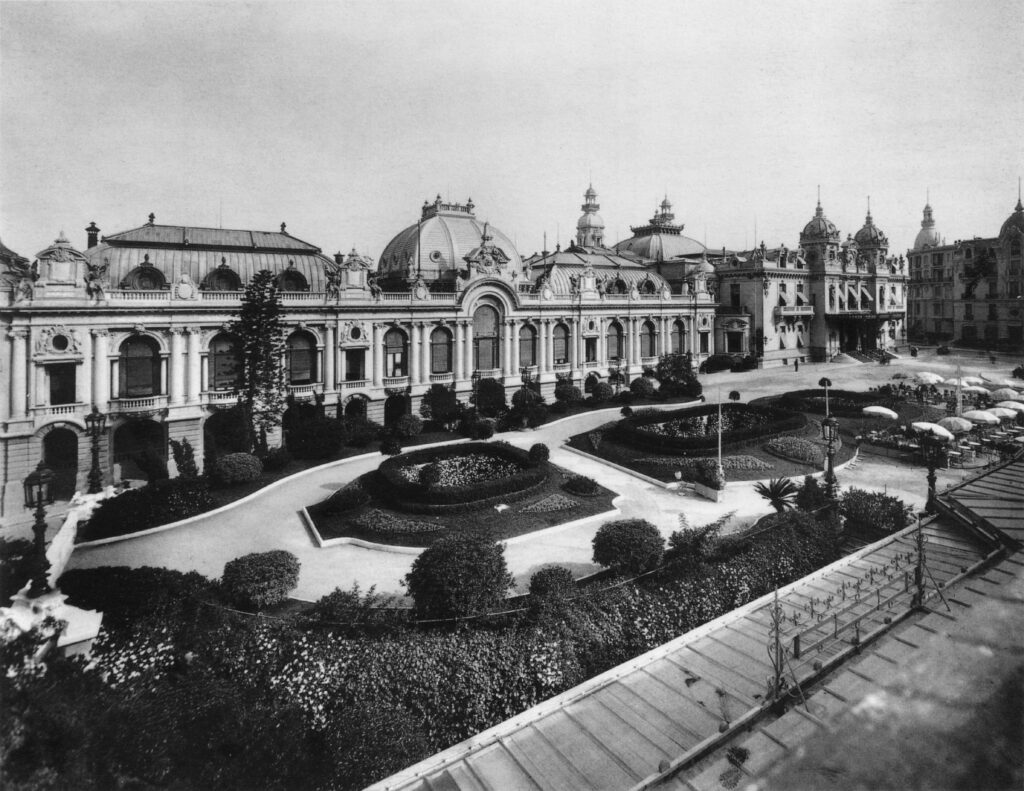
‘Since last May or early June the accused man, who gained such notoriety some years ago as the man who broke the bank at Monte Carlo three times in one night, has been living quietly at Falmouth under the name De Ville, his chief recreation being fishing.’
Apparently. Charles was ‘held in great respect at Falmouth. He was a good customer to many trades people, and it is stated that he had not incurred any local debts. He was very free with his money and was known by many as the French Captain.’
After Charles and Jeannette had been taken into custody, police carried out a thorough search of the yacht. Then as now, Mademoiselle’s boudoir was of particular interest to the press. It was reported as being of ‘exquisite ease, being supplied with luxurious settees and easy chairs.’ She also possessed a rich and extensive wardrobe as well as gold and diamond jewellery.
The pair were taken to Bow Street where they faced protracted extradition proceedings. Eventually they were handed over to the French authorities and were tried in Paris. Charles was sentenced to five years; Jeannette received a lighter sentence of thirteen months.
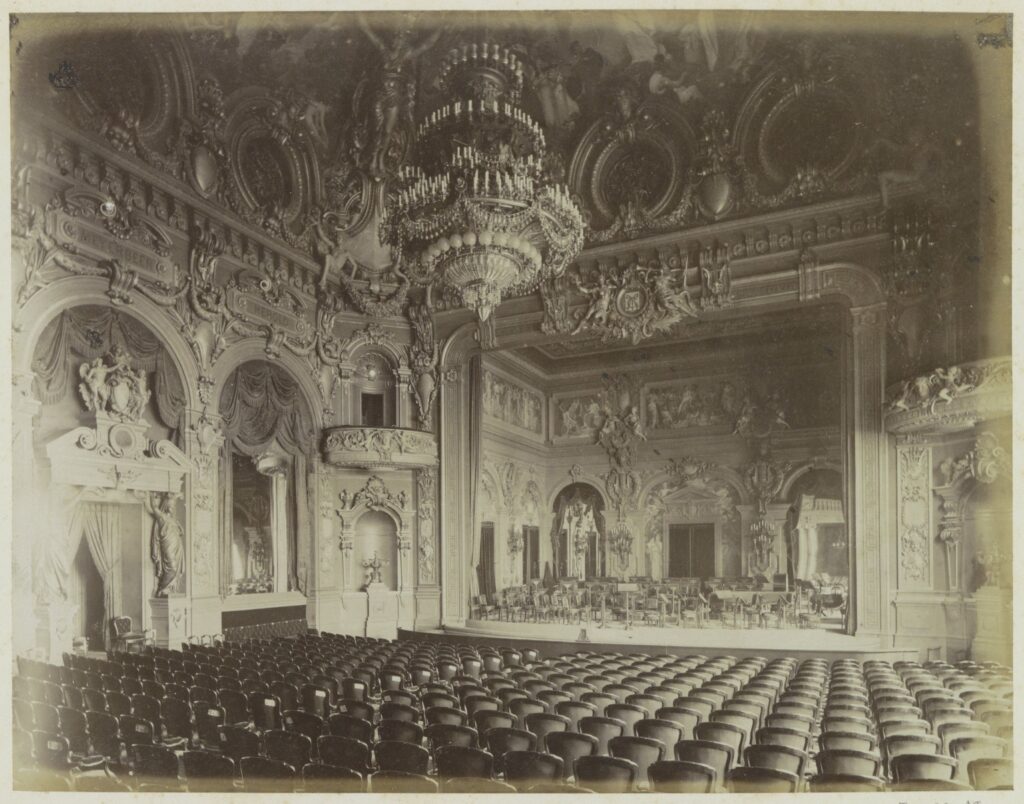
Though Charles’ sentence appears lenient, the court subsequently arranged for the income from his investments to be equally divided between his English and French creditors. As the greater portion consisted of annuities, it was in the interest of his creditors that Wells should live for as long as possible. When it became known that Charles was living in Paris in a state of destitution, the court arranged for him to receive an annual allowance of 2500francs – about £1 a week.
Ten years after Charles’ trial in Paris, claims were still bubbling to the surface. As late as 17 June 1922, Harry Wilson, the Bow Street solicitor who acted for the French Government throughout the extradition proceedings, remitted an invoice for £1000 as moiety of the year’s income of the Wells estate.
By 25 July 1922, newspapers throughout the UK were reporting the death at 81 years of age of “The Man Who Broke the Bank at Monte Carlo.”
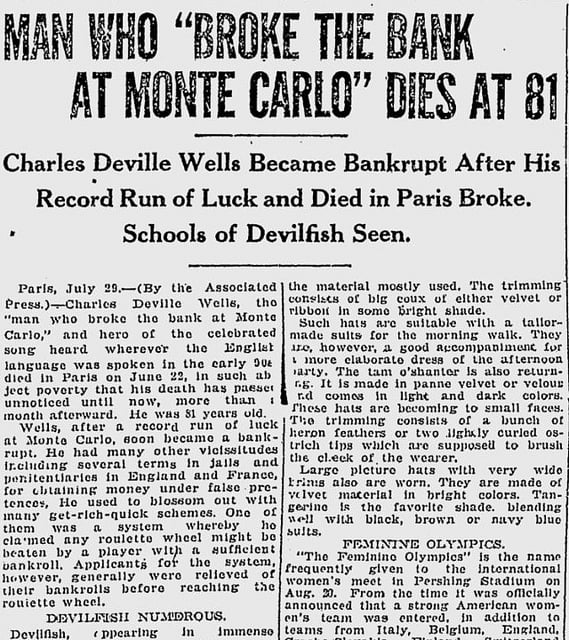
However, at the time of his death Monte Carlo Wells, described as a shortish man with a grey beard and moustache trimmed in the French manner; otherwise practically bald, had been living in digs on Edith Grove, Chelsea for about two years. He had died owing two weeks rent.
His landlady had no idea who he was until she saw his photograph in a newspaper. In an interview with a reporter from the Weekly Dispatch she said, “That he was the ‘man who broke the bank at Monte Carlo,’ the man about whom I used to sing when I was a girl. I confess it never occurred to me. I knew him as Mr Charles, which, of course was his Christian name.”
Though Charles slept at Edith Grove, the only meal he took there was a breakfast of tea and dry bread. His landlady tried on numerous occasions to persuade him to have porridge or bacon. His reply was always the same. He had only £130 a year to live on and couldn’t afford luxuries.
After breakfast Charles would retire to his back room where he worked on various inventions. Despite being a grifter he was still a gifted engineer. Around midday a young girl named Mildred would call for the old rogue and take him to lunch at a house in Oakley Crescent. The house was either owned or let by a Mrs Burns who was none other than Jeanette Pairis. According to the report in the Weekly Dispatch, ‘This lady had for years taken an active interest in the old adventurer.’
It appears that during one of his visits to Oakley Crescent, the old rascal had suffered a heart seizure and died five days later. Though Charles had handled vast sums he had died almost penniless. Claiming she couldn’t afford the funeral costs or a headstone, Jeanette condemned Charles to a pauper’s grave.
After the funeral, Jeanette and Mildred left for Paris.
There were other Brits who broke the bank.
William Nelson Darnborough broke the bank but gained fame playing roulette when he bet on number five and won five successive spins.
Arthur Bower, a convicted fraudster, and self-styled Captain Arthur de Courcy Bower, broke the bank five times during a visit to the casino in 1911. In August 1904, along with Edgar F Rutter, he was remanded at Westminster, London, charged with conspiring to obtain £50 from a Royal Artillery officer by means of a dud cheque. He and Rutter were further charged with persuading a waiter at the Senior United Services Club to cash the cheque which incidentally had been written on plain paper in a public house.
Another man who broke the bank was Scottish industrialist Kenneth McKenzie Clark, father of the renowned art historian Kenneth Clark.

